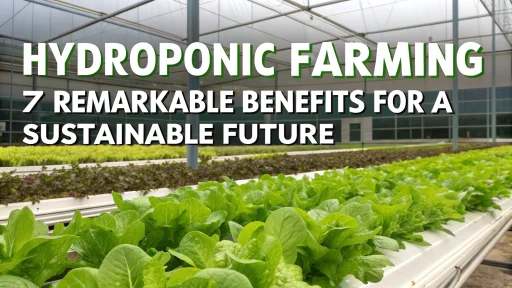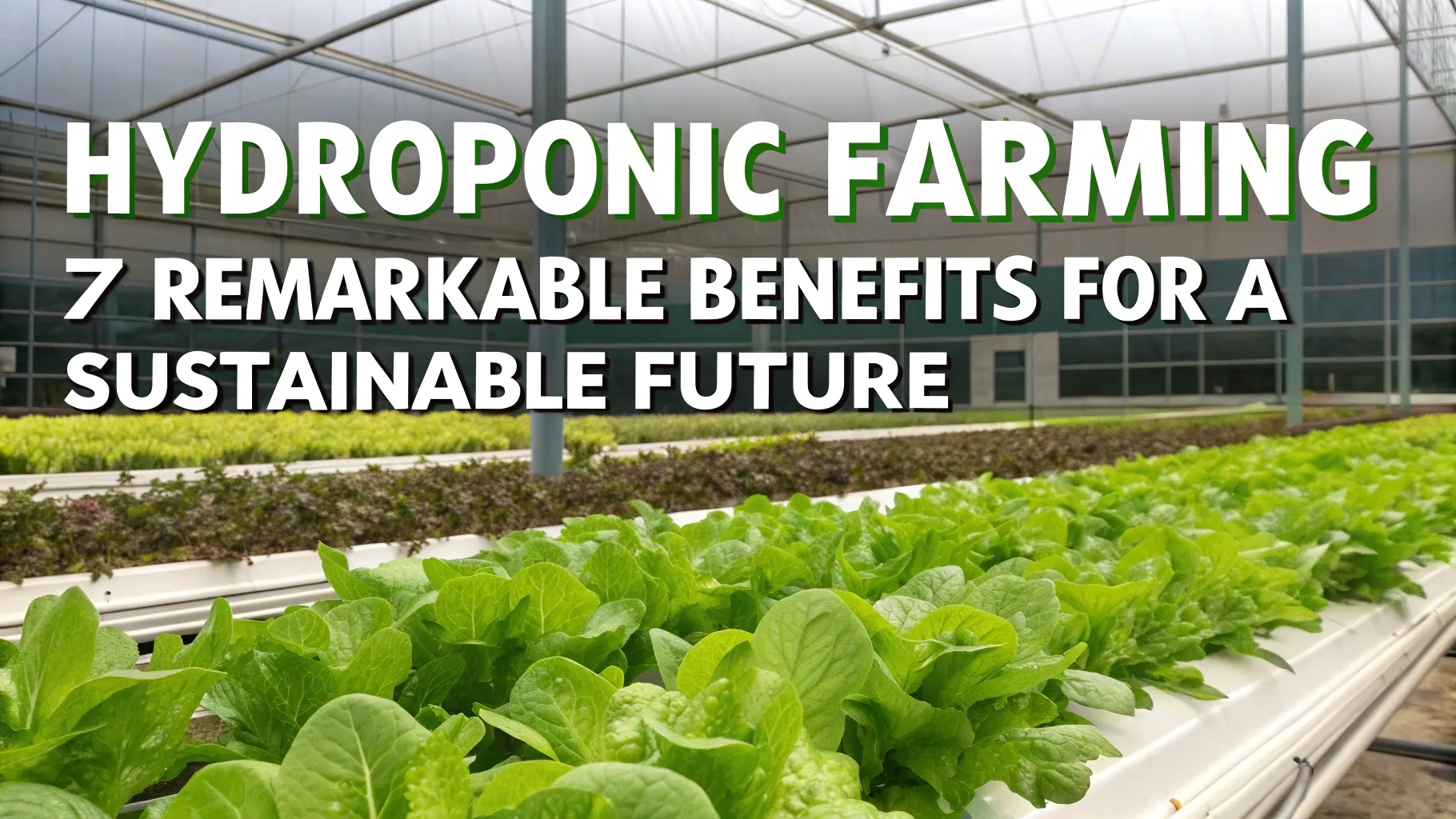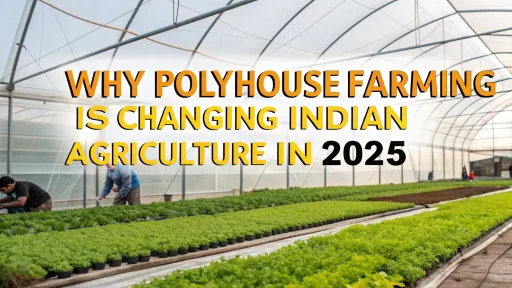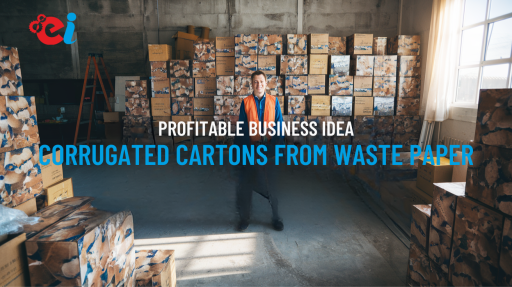Hydroponic farming is changing the way we grow our food by eliminating the need for traditional soil-based agriculture. With this increasing population growth and shrinking lands, this method provides a sustainable solution to produce a fresh crop. If you are using nutrient-rich water instead of soil, then hydroponic farming ensures many things.
Such as higher yields, faster growth, and year-round cultivation. This modern technique is becoming very popular among both large-scale farmers and those urban growers who want to maximise production with minimal space and resources. They can also use this technique for better production.
What is Hydroponic Farming?
Before knowing about hydroponic farming, it’s important to know what it is. Hydrophobic farming is a method of growing plants without soil, or using nutrient-enriched water to feed the crops.
In this farming, instead of extracting nutrients from the ground, plants receive everything they need directly from the water solution. This technique not only saves land but also uses up to 90% less water than traditional farming. With hydroponics, vegetables, herbs, and fruits can be grown in greenhouses, vertical farms, and even indoors. This farming technique is very different from the traditional one we all use.
Related: India’s Agriculture Sector: Its Role in Government Initiatives
What is the significance of Hydroponic Farming
The demand for hydroponic farming has increased worldwide due to urbanization, climate change, and limited farmland. In some countries, due to a lack of land, farmers are using this technique. Unlike conventional agriculture, hydroponics offers a controlled environment that makes it possible to grow crops regardless of weather conditions.
This means farmers can produce fresh food consistently throughout the year. In addition, hydroponic farming reduces the use of pesticides and harmful chemicals.
What are the benefits of Hydroponic Farming
Hydroponic farming provides a range of advantages that make it a game-changer in agriculture. Here is a list of benefits, one could get with this type of farming.
- Higher Yield in Less Space- With hydroponic systems, plants grow faster and closer together. That leads to more crops per square foot- in this way, farmers can save up their space.
- Water Efficiency- This method uses significantly less water because the system recycles and reuses the nutrients. In this way, farmers can save upto 90% of water.
- Pesticide-Free Produce- Since hydroponics eliminates soil, it reduces pests and diseases, leading to cleaner and healthier food. This technique ensures that food is clean to eat.
- Year-Round Farming- Hydroponic farming allows continuous production, without being affected by seasons or weather changes.
- Environmentally Friendly- By reducing land and water use, hydroponic farming helps to fight deforestation and conserve natural resources.
Different Types of Hydroponic Farming Systems
Several systems are used in hydroponic farming, each are designed to maximize efficiency and growth. So, here is a list of different types of farming.
Nutrient Film Technique
This type of farming is also known as NFT. In this farming, plants are placed in channels where a thin film of nutrient solution flows over their roots. This method ensures a constant supply of nutrients and oxygen to plants.
Deep Water Culture (DWC)
In this system, plant roots float directly in a nutrient-rich water solution with oxygen provided by air pumps. This is a soil-less type of farming.
Wick System
A passive system where wicks deliver nutrients from the reservoir to the roots. It is simple and cost-effective for beginners. If you are a farmer, looking for better ways to produce clean vegetables, this is for you.
Drip System
Nutrients are delivered to plant roots through a drip line, ensuring precise control of water and food supply. The drip system is very famous among new farmers.
Aeroponics
Roots are suspended in air and sprayed with a fine mist of nutrient solution. In this way they maximise the oxygen absorption in the plant.
Hydroponic Farming vs. Traditional Farming- Main Difference
Hydroponic farming is more efficient if we compare it to soil-based farming. Traditional agriculture requires vast amounts of land, heavy use of fertilizers, and is also dependent on rainfall and climate. In contrast, hydroponics minimizes land usage, saves water, and produces higher harvests in a controlled environment. It is also less labor-intensive, making it a cost-effective choice for many modern farmers.
The Role of Technology in Hydroponic Farming
Modern hydroponic farming heavily relies on technology. Sensors, automated systems, and artificial lighting play a crucial role in maintaining the perfect environment for the crops. LED grow lights ensure that the plants receive the required spectrum for photosynthesis. On the other hand, climate control systems maintain the right temperature and humidity. This high level of precision boosts production and reduces waste.
Popular Crops Grown Through Hydroponic Farming
Hydroponic farming is suitable for a wide variety of crops, especially leafy greens and herbs. Some of the most common include:
- Lettuce
- Spinach
- Kale
- Basil
- Mint
- Strawberries
- Tomatoes
- Cucumbers
Related: How to Start Biofertilizer Manufacturing Business and Organic Farming?
Challenges Faced in Hydroponic Farming
Although hydroponic farming offers many benefits, it also comes with a few challenges. These challenges include:-
- High Setup Cost: The initial investment in equipment and technology can be expensive. It depends on which type of farming you’re aiming for.
- Technical Knowledge: Farmers need training to manage hydroponic systems effectively.
- Electricity Dependence: Most systems rely on pumps and lights, leading to higher energy use.
- Risk of System Failure: Any power outage or equipment breakdown can damage crops quickly.
How to Start Hydroponic Farming at Home
Hydroponic farming is not just for large commercial growers. You can easily do it at home. Many urban residents and gardening enthusiasts are adopting hydroponics to grow fresh produce indoors. Even on social media, there are various tricks and tips, that will teach them to grow at home.
Step 1: Choose the Right Hydroponic System
For beginners, the wick system or deep water culture is ideal as they are simple and affordable. More advanced growers may prefer drip systems or NFT setups. It all depends on your starting.
Step 2: Select Your Crops
Leafy greens such as lettuce, spinach, and herbs like basil and mint are perfect for small home hydroponic setups. These plants grow quickly and require minimal maintenance. That’s why in villages, these leafy greens are still grown at home.
Step 3: Arrange Proper Lighting
If you are growing indoors, invest in LED grow lights that provide the full spectrum of light for healthy growth. And place them close to the plants to mimic the natural sunlight.
Step 4: Prepare the Nutrient Solution
Purchase a ready-made hydroponic nutrient mix that contains essential minerals like nitrogen, phosphorus, and potassium. Follow these instructions very carefully for mixing.
Step 5: Maintain and Monitor
Check pH levels regularly, as it should be between 5.5 and 6.5. And ensure that the water is oxygenated using air pumps. Consistent monitoring ensures healthy plants and high harvest.
What is the Future of Hydroponic Farming
Hydroponic farming is expected to play a crucial role in ensuring the global food security. As urban populations grow, vertical hydroponic farms in cities will help farmers to provide fresh crops to locals.
Various technologies like solar-powered systems and AI-controlled greenhouses are going to make hydroponics more efficient and affordable. With the increasing awareness about sustainability, hydroponic farming is set to become the backbone of modern agriculture. In short, we can say that the future of hydroponic farming is very bright.
For more information, check out this video
Conclusion
Hydroponic farming is changing traditional farming by offering a reusable, space-saving, and water-saving solution for food production. With its ability to provide high outcomes, reduce pesticide use, and grow crops year-round. It is the farming method of the future. This method will ensure that the food we are consuming is clean and healthy.
Which business to start? How to choose a business idea?
Frequently Asked Questions (FAQs)
Q1: What is hydroponic farming?
Hydroponic farming is a method of growing plants without using soil. In this technique, farmers use nutrient-rich water to feed crops directly.
Q2: Is hydroponic farming better than traditional farming?
Yes, in some terms, hydroponic farming is more efficient than traditional one. As it conserves, uses less space, and produces crops faster and cleaner. It can be the new best friend of farmers.
Q3: Can hydroponic farming be done at home?
Yes, there are various small hydroponic kits available on the market. These kits are for growing vegetables and herbs indoors. One can even grow them in small apartments.
Q4: What crops can I grow in hydroponic farming?
There are various crops you can grow at home. Leafy greens like lettuce, spinach, kale, and herbs such as basil and mint are best to grow in hydroponic systems.






